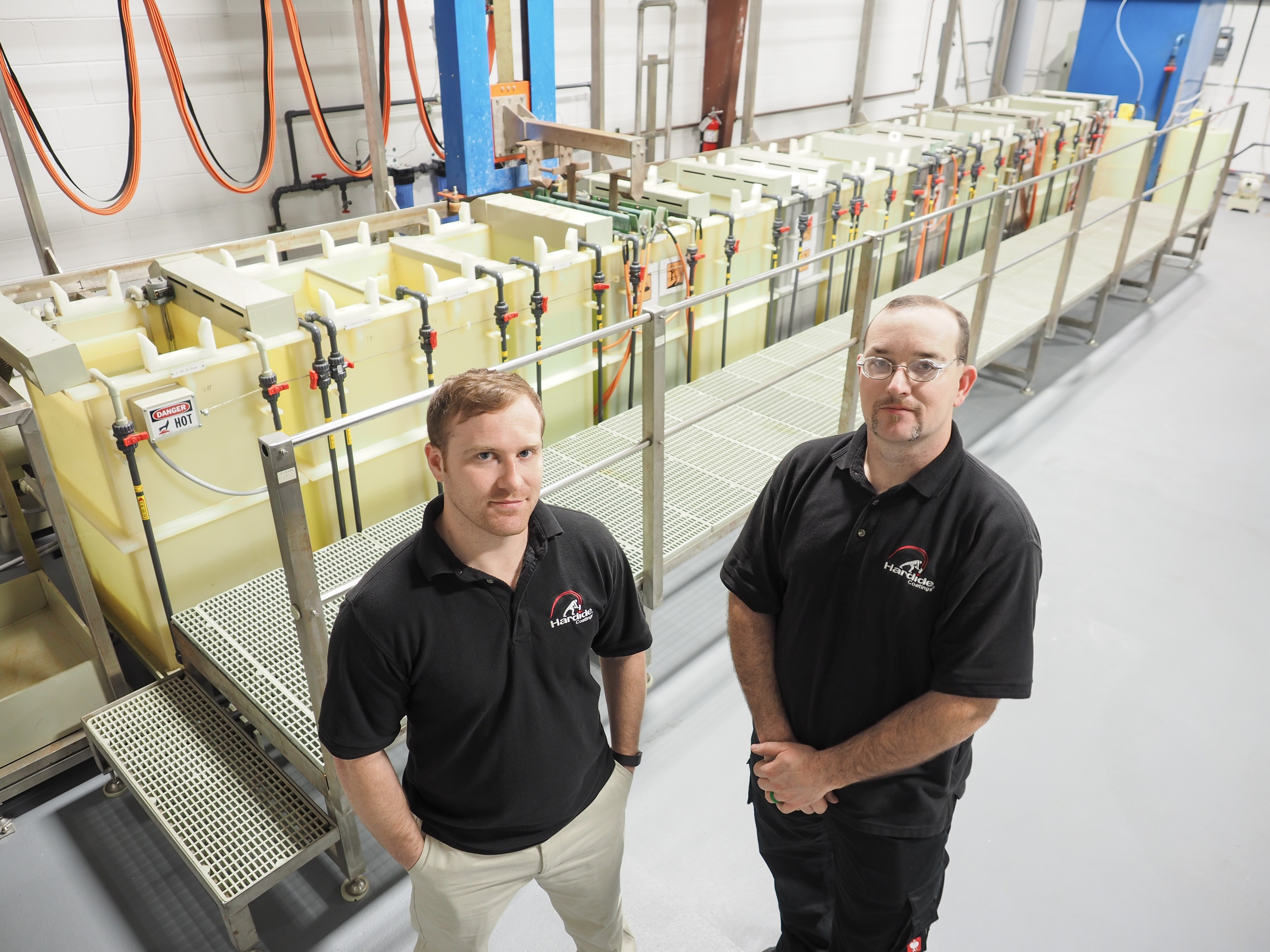
Hardide Coatings Inc, a UK-based provider of surface coating technology, has opened a new US$7 million production facility in Virginia, USA. The new facility is expected to create up to 29 jobs over the next three years.
This expansion has been driven by increased demand from North American customers, with sales to the US and Canada more than doubling during 2015, Hardide says. The 26,000 ft2 facility in Martinsville-Henry County will service existing and new customers for the company’s range of tungsten carbide coatings for the oil and gas and flow control markets. In addition, the company also plans to expand in the aerospace and advanced engineering sectors and develop applications for its newly-patented coating for diamonds.
‘Having a local production facility in North America will support the increased demand from existing customers and significantly boost opportunities to expand provision of our coatings throughout the region,’ said Philip Kirkham, CEO of Hardide plc. ‘We have installed two large capacity chemical vapor deposition (CVD) coating reactors and work is already progressing well on some very exciting customer trials.’
The first two senior employees at the facility, Jamey Ewing, coatings supervisor and Barry Farmer, pre-treatment supervisor, spent 12 weeks during the summer in the UK at the company’s head office and main production site in Bicester, Oxfordshire, UK, being trained on the Hardide coating production processes and techniques. They returned to Virginia in September 2015 to assist with the installation and commissioning of the process, production and quality control equipment.
This story uses material from Hardide, with editorial changes made by Materials Today. The views expressed in this article do not necessarily represent those of Elsevier.
